Britsh brand Focusrite has seen roaring success with its family of Scarlett audio interfaces. Sales of the first, second and third generations of Scarlett surpassed six million, making it the most popular interface in the world. Now, with Generation 4, the company brings more features for all levels of producers to enjoy – but which model is right for you?
MusicTech has tested out the three 4th Gen Scarlett models that are currently on the market: Scarlett Solo, Scarlett 2i2, and Scarlett 4i4. Each version has practically been as impressive as the last, all boasting immense value for producers and recording artists. Whether you’re starting out your journey as a producer, musician, podcaster or streamer, or if you’re looking for an upgrade to a new interface, the Scarlett range is certainly worth considering.
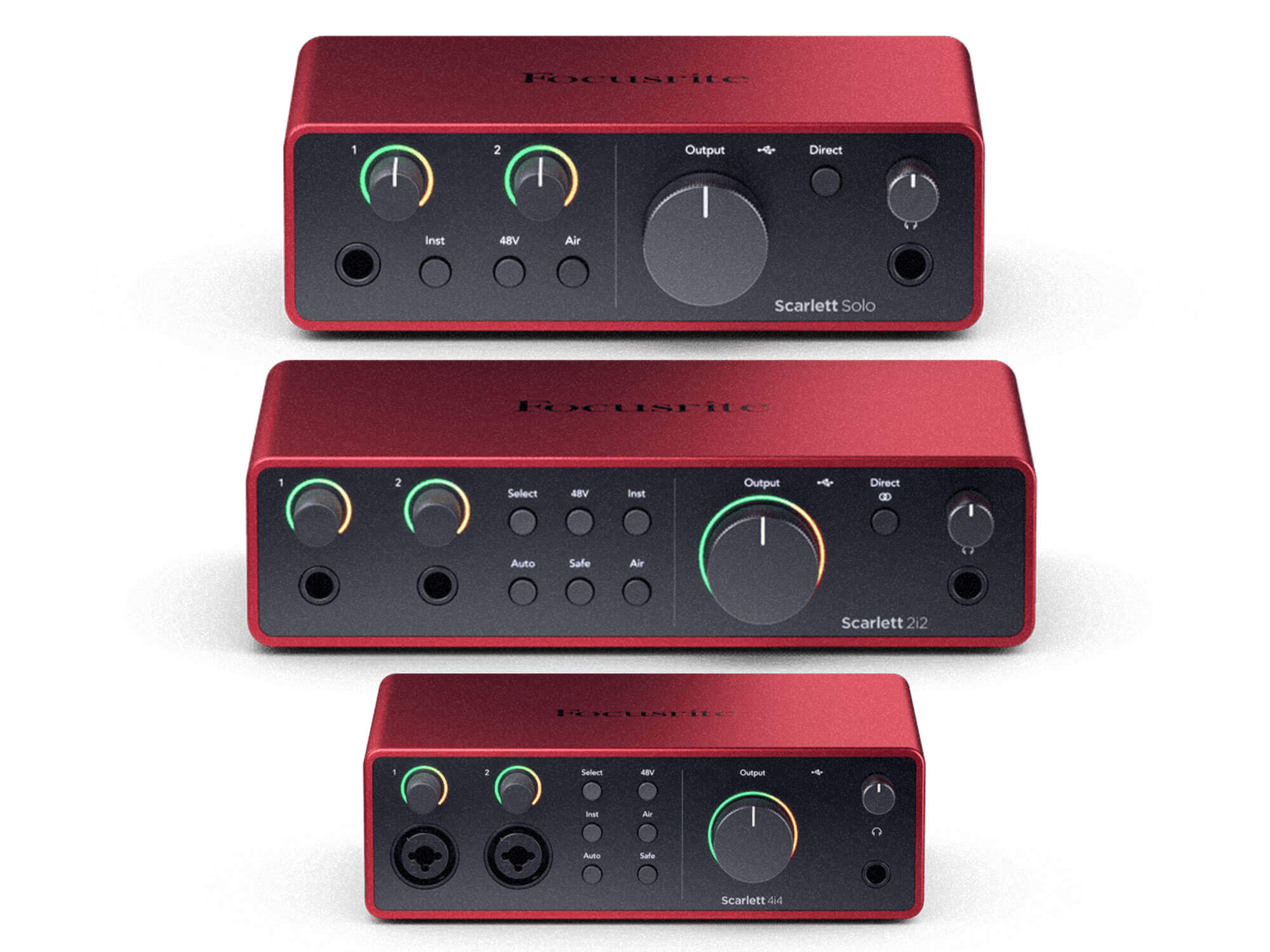
What’s new?
Across the board, Scarlett 4th Gen users can enjoy a sleeker, modernised design compared to previous models. Looks aren’t everything, however, and Focusrite has made sure to upgrade the parts that matter. For example, the new Halo LED gain meters offer more detailed visual feedback of your instrument levels. Plus, the audio interface now offers 120dB dynamic range and boasts 192kHz, 24-bit audio converters from Focusrite’s pro-grade RedNet audio interfaces. They’re all equipped with USB-C connectivity to hook up to your computer, too.
Some of the new Scarletts also feature smart tools such as Auto Gain, which will automatically set your levels after you play into it for 10 seconds. No more lengthy sound checks in the studio. Clip Safe, meanwhile, checks your audio levels 96,000 times a second and will automatically adjust your gain if you’re about to clip so that you can prevent your tracks from clipping without compressors or limiters. Air Mode, a staple on the 3rd Generation Scarletts, returns in this generation, boosting the high end of your audio signal and even adding a touch of Harmonic Drive.
You’re also given access to a bundle of software to get you creating swiftly after unboxing the unit.
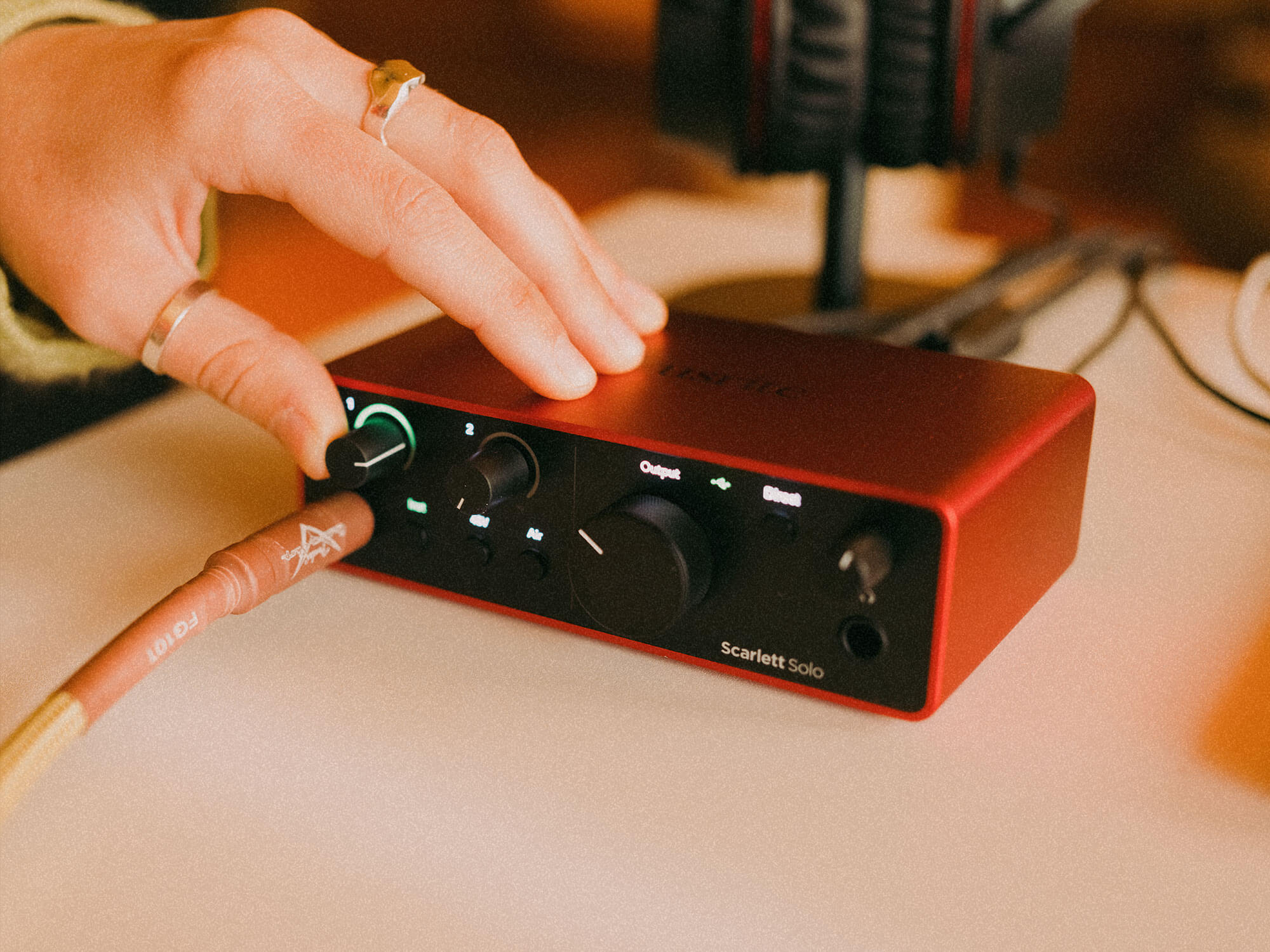
Alright – now you know what’s new, check out what we’ve said about each model and whether it might be for you.
Focusrite Scarlett Solo
Only recording a couple of instruments? Maybe you’re streaming gameplay to Twitch, recording a podcast, or maybe you just want to connect your music-making laptop to some studio monitors. It’s gotta be the Scarlett Solo.
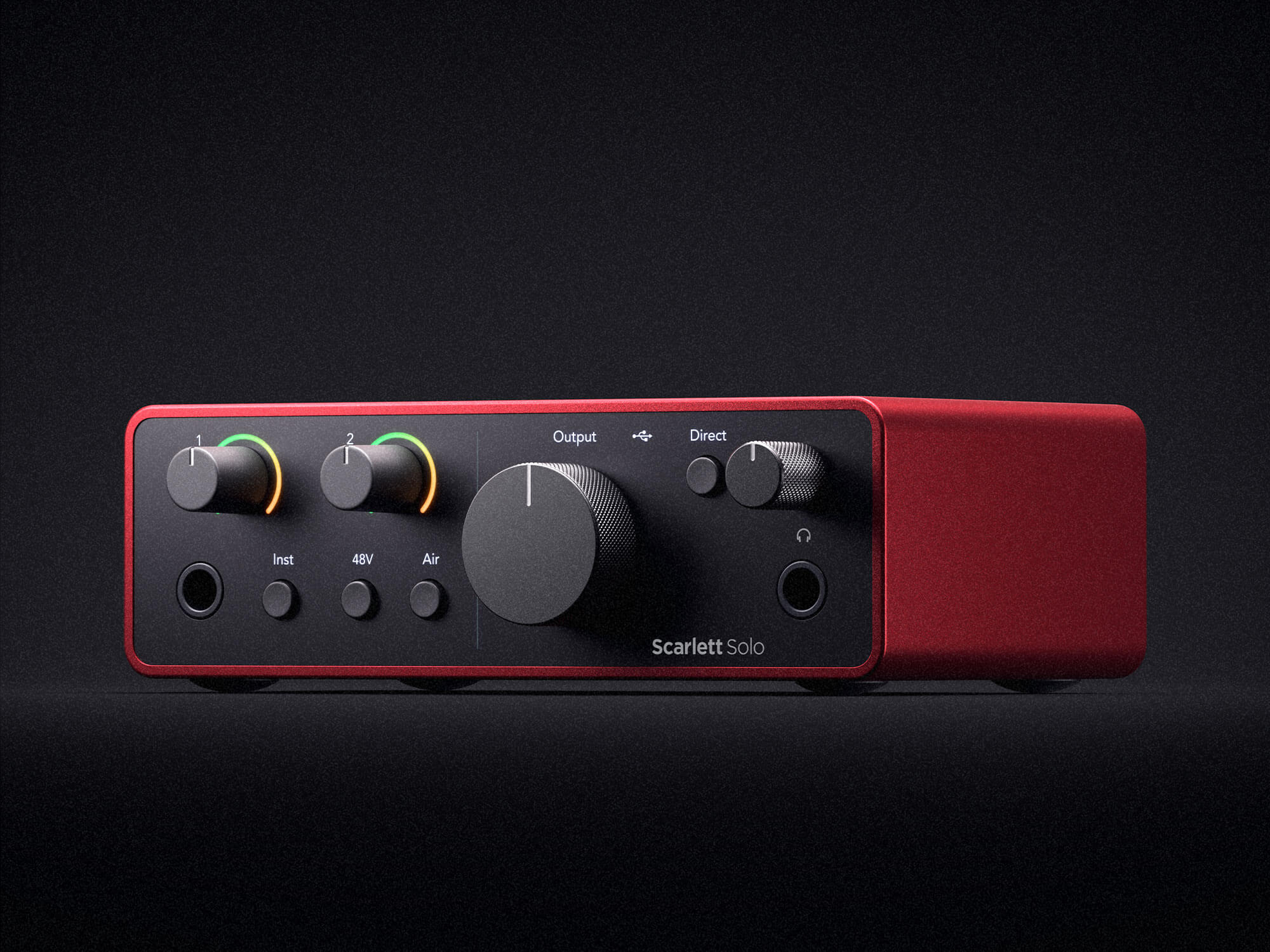
With two inputs and two TRS jack outputs, you can connect two instruments and output the audio from your laptop to a pair of speakers. Easy for simple, fuss-free recording jobs. What you can’t do, however, is record in stereo, as one input is an XLR socket and the other is a Hi-Z input for instruments like guitars and synths. To get around this, you can use a DI box – but you’re probably better off paying a little extra on a Scarlett 2i2. A few other features are absent too, such as Auto Gain and Clip Safe, so check whether you’d like them or not.
In our review, we said: “It’s excellent value for money. Yes, you may need to add a DI box to get the most out of it, but it allows you to do an awful lot of music-making for very little initial outlay.” Read the full review for more info.
Check out the latest Focusrite Scarlett Solo (4th Gen) deals at Thomann and zZounds.
Focusrite Scarlett 2i2
The 2i2 is designed with artists in mind. Here, you’ll get two XLR inputs, two Hi-Z instrument inputs and two TRS jack outputs, you’re able to capture a couple of extra instruments at once than the Solo. You’re also able to record in stereo and, importantly, you’ll be able to use Auto Gain and Clip Safe, which will be a boon when recording.
If you’re looking for a few extra outputs and more flexibility with your inputs, you might want to consider the 4i4.
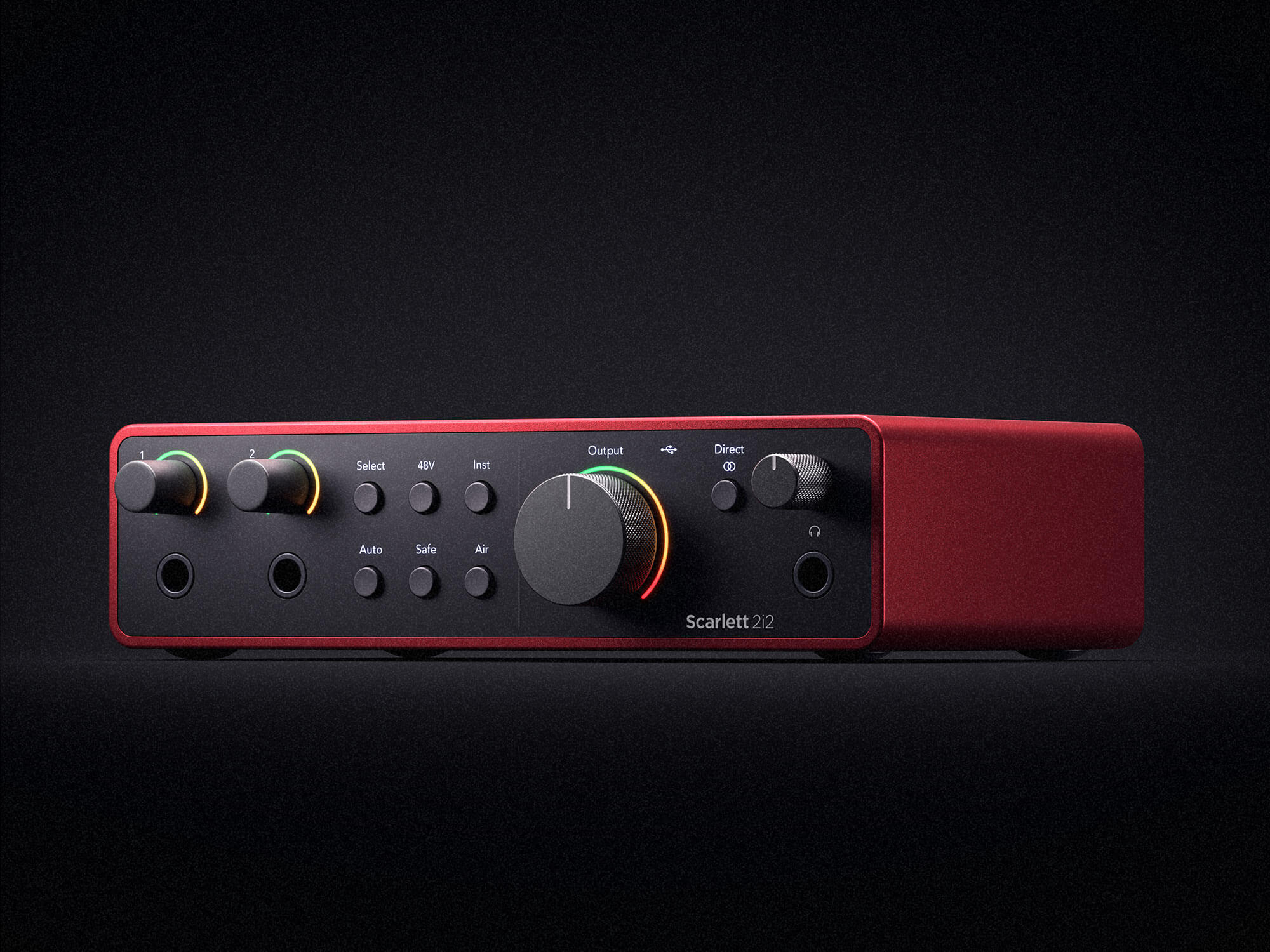
In our review, we said: “Sitting halfway between the more capable Scarlett 4i4 and the ridiculously affordable Scarlett Solo, the Scarlett 2i2 4th Gen represents a middle-ground solution to audio I/O. It’s more flexible and sports a better feature set than Solo, yet it manages to be significantly more affordable than 4i4 without sacrificing much of the functionality – and none of the sonic credentials – of that higher-spec’d interface.”
Check out the latest Focusrite Scarlett 2i2 (4th Gen) deals at Thomann and zZounds.
Focusrite Scarlett 4i4
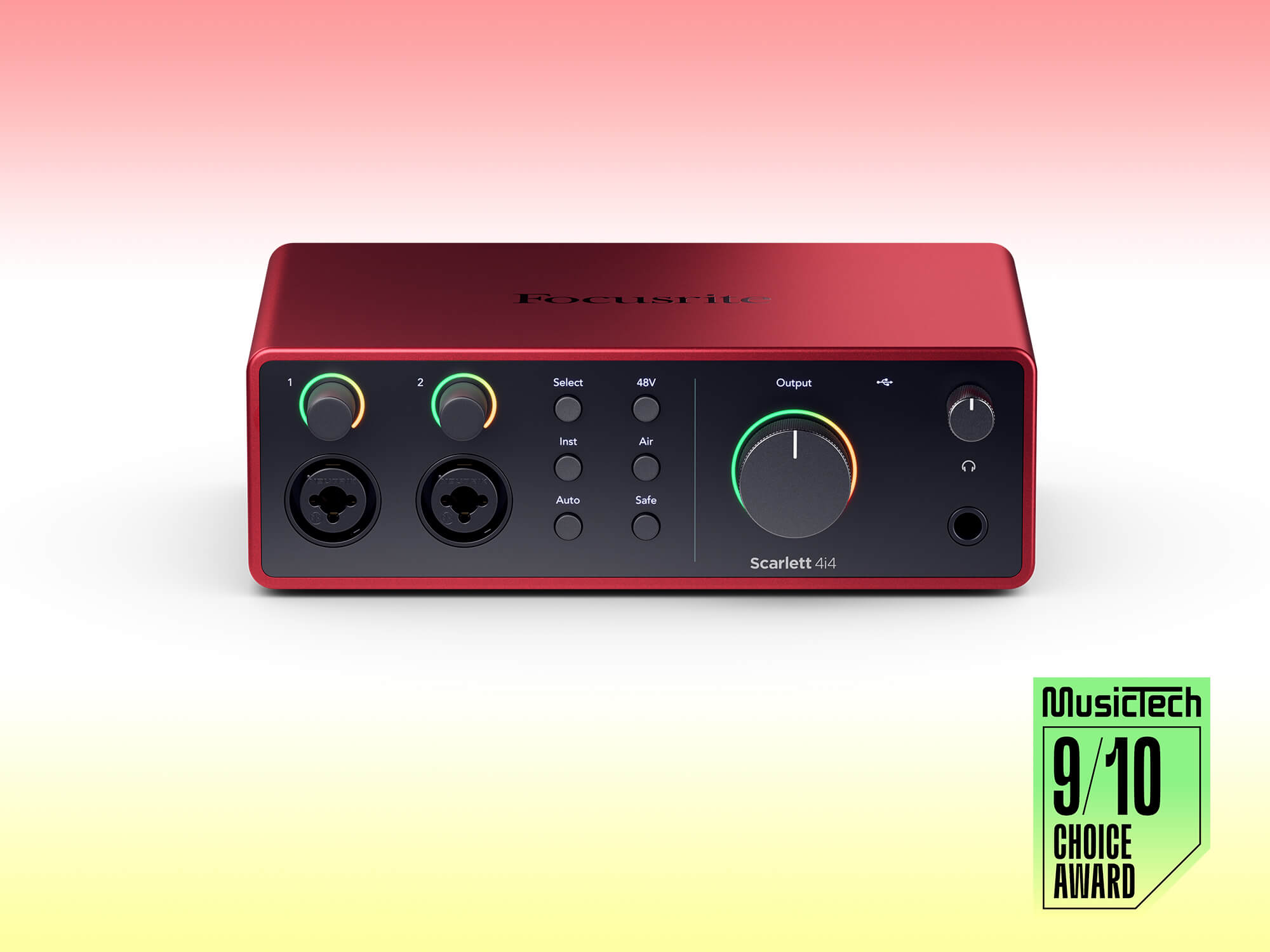
Currently the most comprehensive model in the Scarlett lineup, the 4i4 offers the most connectivity. There are two XLR/TRS combi inputs, two Hi-Z instrument inputs, and MIDI In/Out. Four outputs are featured in the 4i4, for listening to your mix through monitors and headphones, and running your audio to outboard gear. If you’ve got a modest studio that’s slowly building up, the 4i4 should suit you best for recording and producing.
In our review, where we awarded the 4i4 a 9/10 and a MusicTech Choice Award, we said: “The new Scarlett 4i4 delivers a top-notch sound, has sufficient I/O for many different projects, is easy to use and looks smarter than ever – it’s hard to think of an interface better-suited to a small studio or portable setup.”
Check out the latest Focusrite Scarlett 4i4 (4th Gen) deals at Thomann and zZounds.
Learn more about the 4th Generation Scarlett range at focusrite.com.
"interface" - Google News
September 15, 2023 at 04:42PM
https://ift.tt/sniUrya
Focusrite Scarlett 4th Gen audio interface reviews: Which Scarlett ... - MusicTech
"interface" - Google News
https://ift.tt/OosJFRa
https://ift.tt/K0Ht9zq
Bagikan Berita Ini














0 Response to "Focusrite Scarlett 4th Gen audio interface reviews: Which Scarlett ... - MusicTech"
Post a Comment